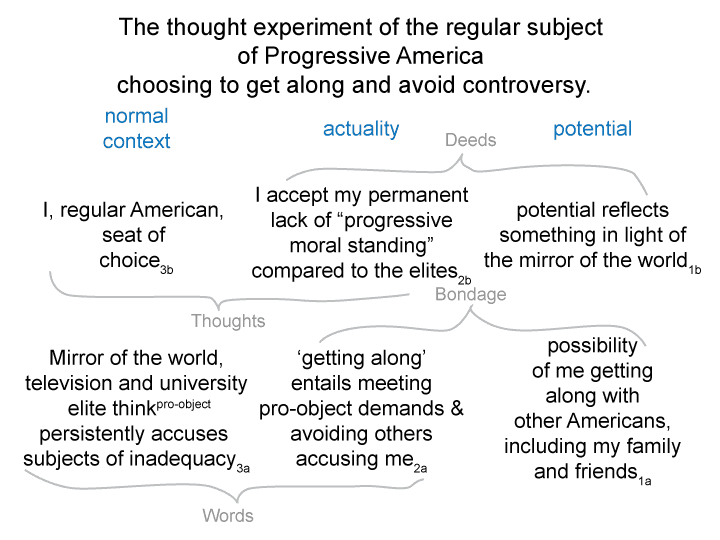Man and Sin by Piet Schoonenberg (1964) 2.3 MG
Summary of text [comment] page 83
[My own inadequacy in understanding how to fulfill God’s laws2a was the ‘something2a’ that held first century common-folk Jews in bondage.
Paul, on the other hand, originally felt that he counted among the elites.
He knew how to fulfill God’s laws:
Persecute the followers of Jesus.]

